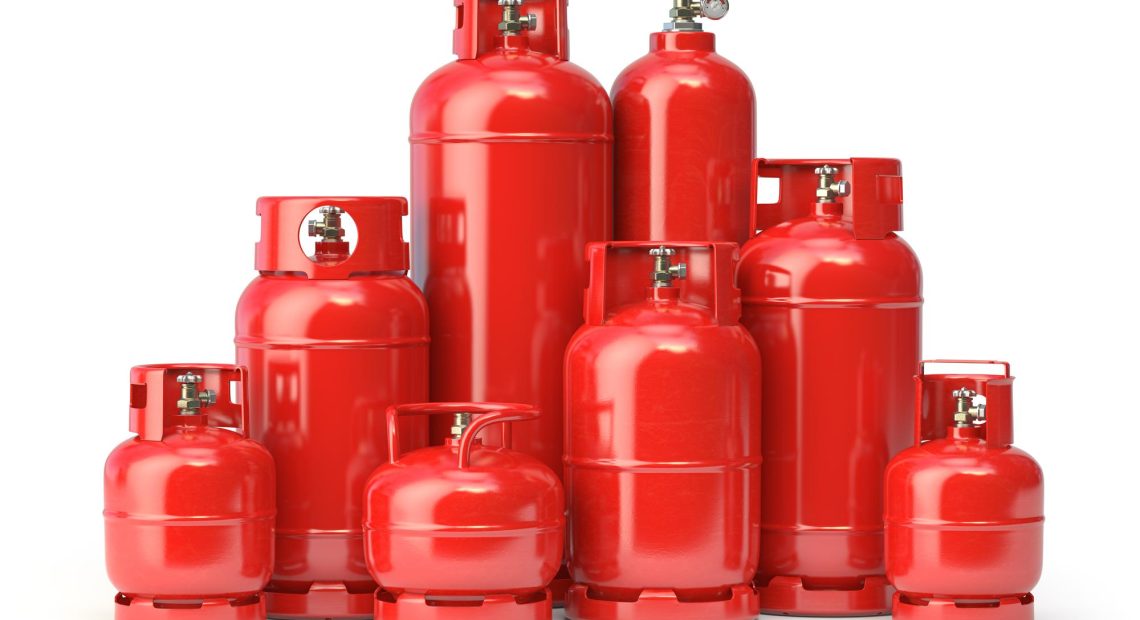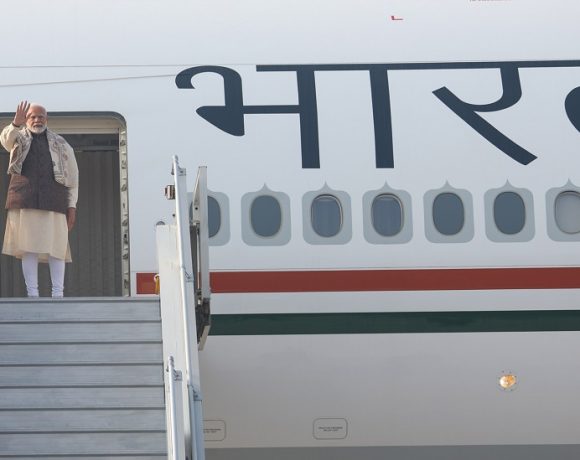
India’s Domestic Gas Consumption Slows Amid Production Decline and High Import Costs
India’s natural gas consumption has slowed significantly, primarily due to a decline in domestic production and the rising cost of imported liquefied natural gas (LNG). This follows a period of strong growth earlier in the fiscal year, driven by high demand from the power sector during peak summer months.
Sluggish Growth in Gas Consumption
In February 2025, India’s gas consumption stood at 5,789 million metric standard cubic meters (MMSCM), reflecting a marginal 0.6% increase compared to February 2024. This marks a significant drop from the 9.1% growth recorded in the April-February period of the current fiscal year, highlighting the challenges posed by supply constraints and high costs.
Decline in Domestic Gas Production
A major factor behind the slowdown is the decline in domestic gas production. After a resurgence in output in 2023, domestic production has struggled to maintain growth, leading to a greater reliance on LNG imports. This decline in availability has impacted key industrial sectors, particularly power generation and manufacturing, which depend on steady gas supplies.
Rising LNG Import Costs
India has increased LNG imports by 19.4% during the April-February period, with total imports reaching 34,329 MMSCM. However, high global LNG prices have made it difficult for certain industries to sustain consumption levels. The increased cost burden has particularly affected price-sensitive sectors, including power and city gas distribution.
Sectoral Impact: Power and Fertilizer Industries
The power sector, which had ramped up gas usage during the summer months to meet peak electricity demand, has now reduced its consumption as temperatures moderate. The sector’s share in national gas usage peaked at 19% in May 2024 but dropped to 9% by November. Meanwhile, the fertilizer industry remains the largest consumer of natural gas, supported by government subsidies that help offset the high cost of imported LNG.
Future Outlook: Growing Demand, Increasing Import Dependence
Despite the current slowdown, India’s gas demand is projected to grow nearly 60% by 2030, reaching around 103 billion cubic meters. This will lead to a significant rise in LNG imports, with import dependency expected to increase from 50% in 2024 to around 62% by 2030. Managing this rising dependency while ensuring affordability and supply security will be crucial for sustaining industrial and economic growth.
Conclusion
India’s natural gas sector faces key challenges as domestic production declines and import costs rise. Balancing the growing demand with a stable supply chain and cost-effective solutions will be critical in shaping the country’s energy future. With LNG imports set to play a larger role, strategic planning and investment in domestic production will be essential to maintain energy security and economic stability.


















